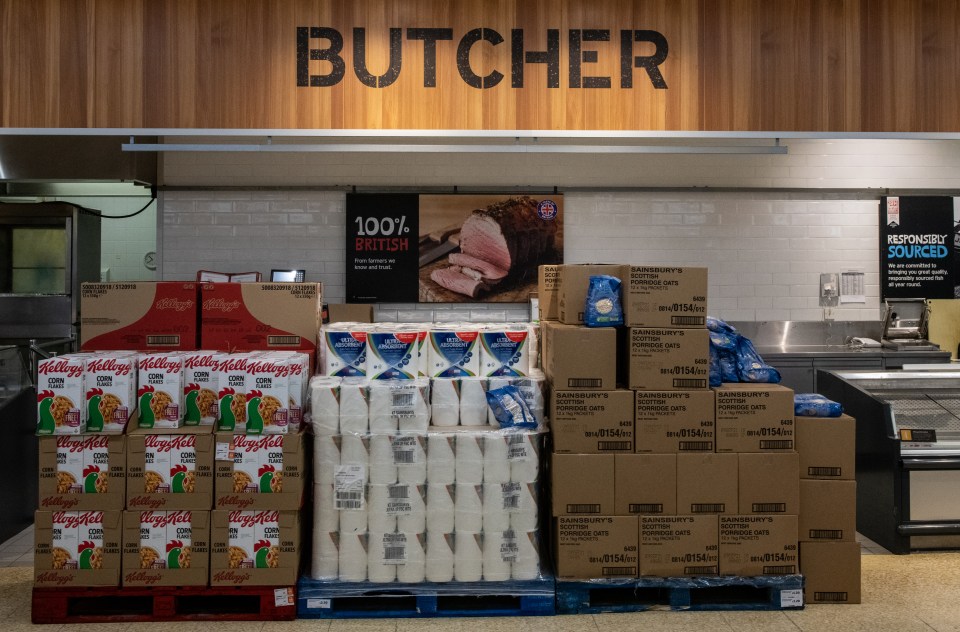As supermarkets rake in profits, Goldilocks would go hungry on the cost of oats

The price of food is one of the main factors driving double-digit inflation. It keeps on going up, that’s why industry leaders must finally step up to protect supermarkets’ customers, writes Sue Davies
Porridge oats, milk, bread and butter are such staples that it’s hard to imagine a British breakfast table that doesn’t include some or all of them each morning. Yet these have seen some shocking price hikes in recent months – illustrating how hard it is for anyone to escape being affected by soaring food inflation.
The food inflation tracker from Which? has measured the prices of everyday groceries across a range of supermarkets in the three months up to the end of March compared with this time last year and found that the average increase in the price of porridge oats would make even Goldilocks blush. At 35.5 per cent, it’s the highest increase of any of the 11 every day food products our experts analysed – and could push them out of budget for already hard-pressed families.
Despite some supermarkets reducing the price of milk in recent days, we found that the price of semi-skimmed milk has gone up on average by 33.6 per cent. If you found turning on the toaster more economical, then you’d be paying on average 22.8 per cent more for a large loaf of sliced white bread, and on average 24.3 per cent more for the spreadable butter. When it comes to dinnertime, the British staple bangers and mash would see you pay around 13.6 per cent and 13.9 per cent more on average.
These figures will be of little surprise to the consumers who trudge through supermarket aisles each week, carefully trying to manage increasingly tightened budgets. The price of food is one of the main factors driving double-digit inflation. While they remain the cheapest option, of particular concern in our research was the fact that own-label budget items, on which millions of low-income families depend to put food on the table, had increased by an average of nearly 25 per cent in March compared to a year earlier.
Several factors go into the pricing of our food. But these price increases are happening at a time when several supermarkets are recording strong financial results. Not everyone can simply switch to another, cheaper supermarket. We need to eat food, so we can’t turn our backs on supermarkets or easily go elsewhere for everyday essentials.
This isn’t a tirade against British businesses doing well. But supermarkets have a role to play in ensuring there is an affordable range of healthy, nutritious food available, especially in the areas of the country where it’s needed most.
This information is easily acessible for supermarkets to target their initiatives. According to our priority places for food index, developed in partnership with the University of Leeds, there are too many areas where people on low-incomes have little choice but to shop in smaller branches of the big players like Tesco and Sainsbury’s – where value products are in short supply or altogether absent and the prices tend to be higher than in bigger stores.
Pricing, especially unit pricing, also needs to be clearer, more transparent and more consistent, particularly on loyalty card schemes, so shoppers can easily compare prices in-store and with other supermarkets.
This is also a crucial place for politicians. If MPs understand the pressure points in their own constituencies, they can help make sure the right local supermarkets understand the impact they can take on a community level.
The cost of living crisis isn’t going away anytime soon. To mitigate its impact on consumers, industry leaders need to step up.
